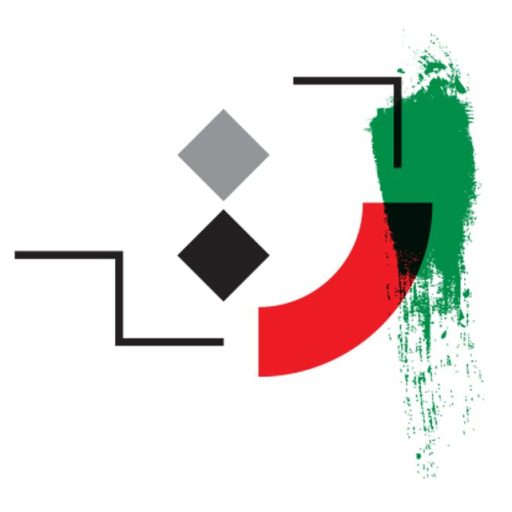Akbar Mohseni

Biography
MOḤSENI, Akbar, (b. Tehran, 1291 Š./1912; d. Tehran, 1374 Š./ 1995) composer and prominent performer of the Ud (lute).
Moḥseni’s father was an artillery officer who did not care much for music. Akbar, however, was a music enthusiast from childhood, and after the death of his father joined the military conservatory (madresa-ye musiqi-e neẓām) where he studied the fundamentals of music. The first instrument Moḥseni studied was the viola; he then studied the trumpet, and later the flute. While attending the military academy, Moḥseni also studied the Persian repertoires (radifs), as well as the tar (a plucked long-necked lute) and the tarbas (a variation of the tar) with one of the students of Musā Maʿrufi, the master musician and renowned performer of the tar. He was later hired by Vezārat-e Farhang (Ministry of Education, presently called vezārat-e āmuzeš wa parvareš) as an instructor of music.
With the establishment of Radio Tehran, Moḥseni joined as a member of its orchestra, and when the National Music Society (Anjoman-e Musiqi-e Melli) was formed, he joined it as well and played in the orchestra conducted by Ruḥ-Allāh Ḵāleqi. Moḥseni was later sent to Iraq by the Ministry of Education to teach music to the students of the Iranian schools there, and to conduct a fact-finding study of the ud. Moḥseni stayed in Iraq for four years teaching music and carrying out research on Egyptian and Iraqi uds, their structure, and the various techniques by which they might be played.
On his return to Iran, Moḥseni presented a report to the Radio Tehran Music Council (Šorā-ye musiqi), which comprised Dr. Berkšeli, Mošir Homāyun Šahrdār (q.v.), and a number of other master musicians playing the ud before them. His presentation was acclaimed by the members of the Council, who decided to make use of the ud in the musical programs of Radio Tehran, assigning Moḥseni to perform in these programs. Thus the lute became Moḥseni’s principal and exclusive instrument.
Despite the fact that Moḥseni learned to play the lute in Arabic countries, his compositions were not influenced by Arabic music and were all made up of Persian melodies. Moḥseni composed some 400 pieces of music, two of the best known of which are a taṣnif (rhythmic song) called “Elāha-ye nāz,” performed with lyrics by Karim Fakur and the vocal performance of Ḡolām-Ḥosayn Banān, and the other entitled “Enteẓār,” featuring the vocal performance of Farah.
Bibliography:
- Ḥaddadi,Farhangnāma-ye musiqi-e Irān, Tehran, 1997, p. 526.
Š. Behruzi, Čehrahā-ye musiqi-e Irān, 2nd ed., Tehran, 1993.
(Morteżā Ḥoseyni Dehkordi)
Originally Published: December 10, 2010
Last Updated: December 10, 2010
- Birthday: 1912
- Death: 1995
- Birthplace: Tehran, Tehran, Iran
Composer and Oud Player
